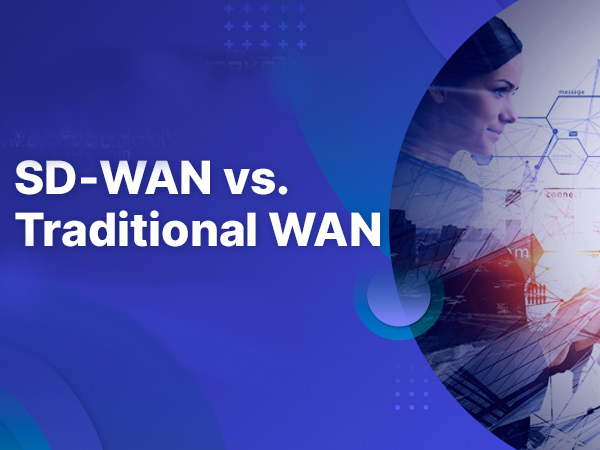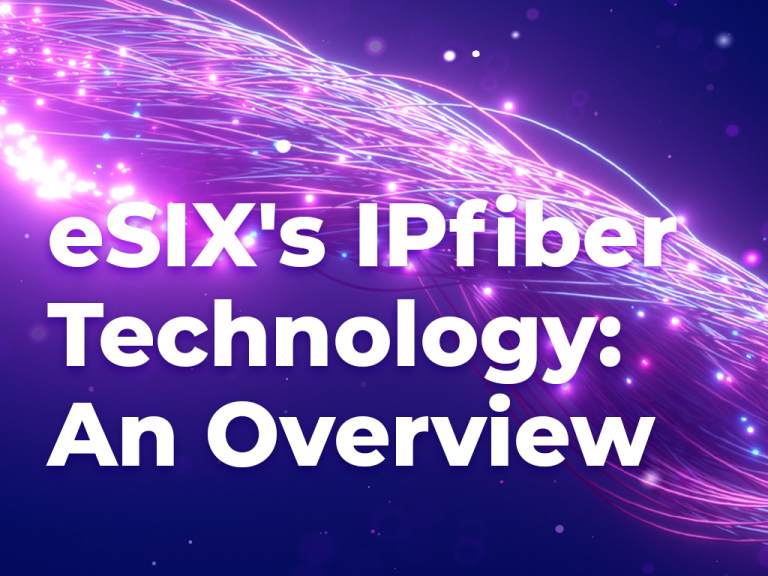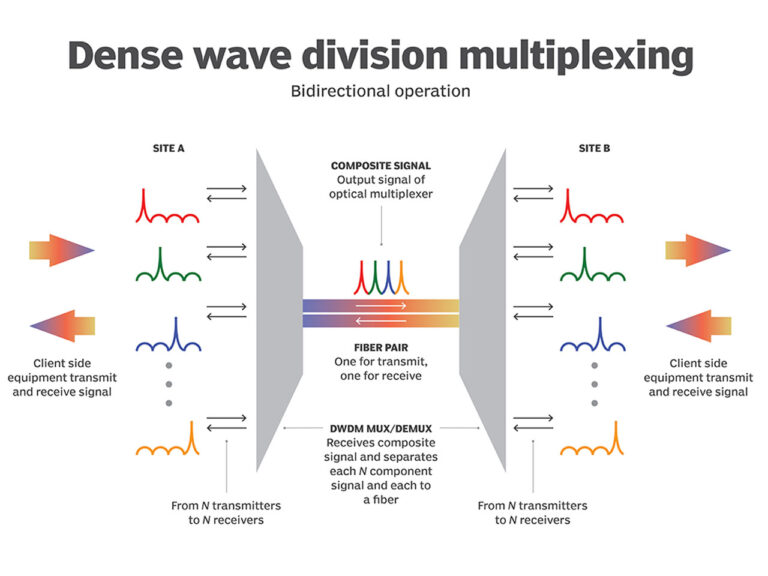Traditional networking technologies like MPLS (Multiprotocol Label Switching), VPNs (Virtual Private Networks), and Traditional WAN (Wide Area Network) have long been the backbone of enterprise connectivity. However, the rise of SD-WAN (Software-Defined Wide Area Network) has revolutionized the way businesses manage their networks. In this blog, we’ll explore the key differences between SD-WAN and other technologies, and why SD-WAN is becoming the go-to solution for modern enterprises.
What is SD-WAN?
Unlike traditional WAN, which relies on rigid hardware configurations, SD-WAN offers centralized control, automated traffic management, and enhanced security. It’s particularly beneficial for businesses with multiple branches, remote workers, or cloud-based applications.
SD-WAN vs. Traditional WAN
1. Cost Efficiency
SD-WAN: Leverages cost-effective broadband internet connections, reducing reliance on expensive MPLS links. This can lead to significant cost savings—up to 50% or more in some cases.
2. Flexibility and Scalability
SD-WAN: Offers plug-and-play deployment and centralized management, making it easy to scale and adapt to changing business needs.
3. Performance
SD-WAN: Uses dynamic path selection to route traffic over the best available connection, ensuring optimal performance for critical applications.
While traditional networking technologies like MPLS, VPN, and Traditional WAN have their place, SD-WAN offers a more flexible, cost-effective, and secure solution for modern businesses. Its ability to optimize performance, simplify management, and enhance security makes it the ideal choice for enterprises looking to future-proof their networks.
Whether you’re managing multiple branches, supporting remote workers, or migrating to the cloud, SD-WAN can help you unleash your network’s true potential. Ready to make the switch? Contact us today to learn more about how SD-WAN can transform your business.







